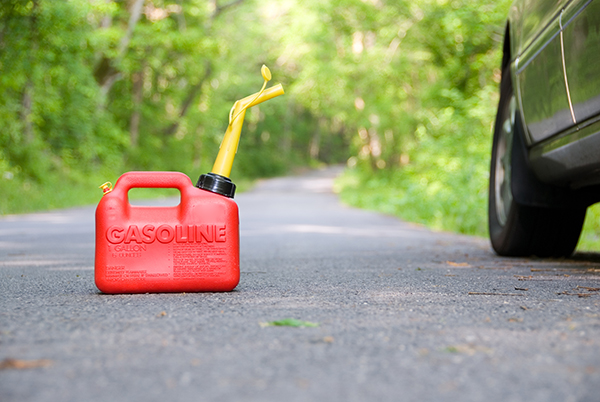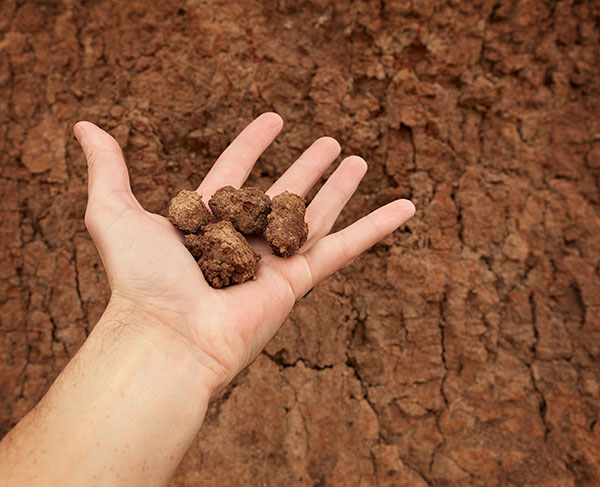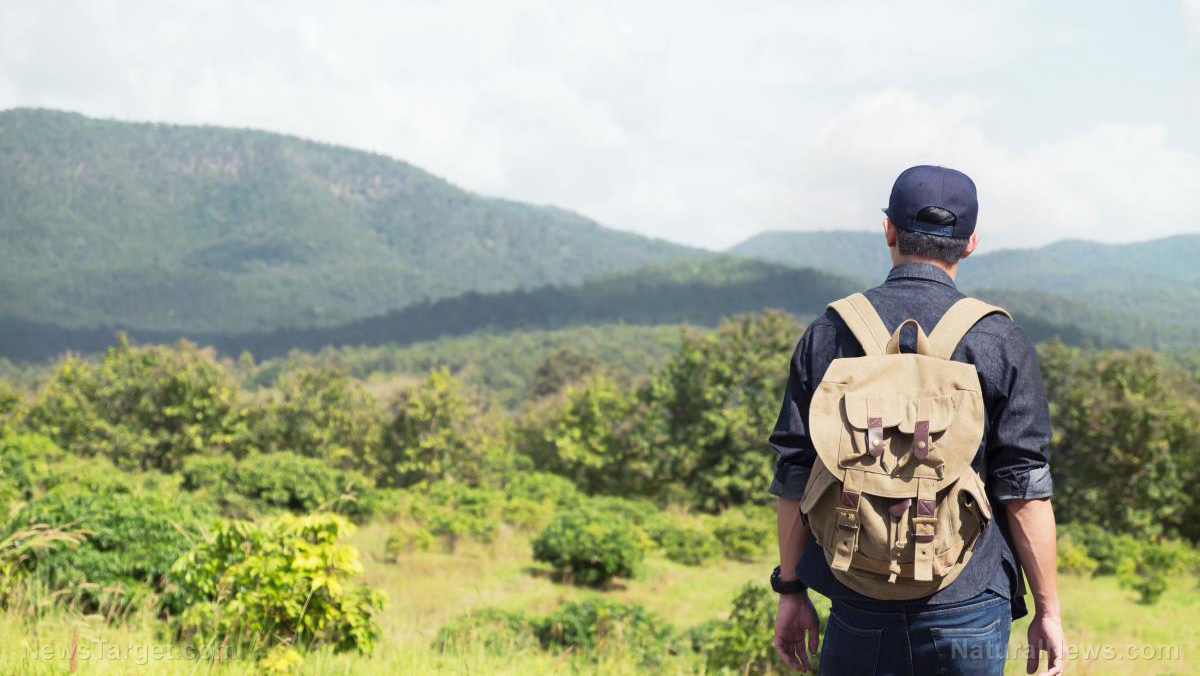SHTF basics: 12 Resource management rules for survivalists
04/24/2023 / By Zoey Sky

As a survivalist, you need to plan ahead if you want to be prepared for different scenarios. You should also learn about the fundamental rules of resource management so you can effectively manage your supplies when SHTF.
When disaster strikes, the tips below can help you keep track of things like food, water and fuel even if you are working with other survivalists in a group. (h/t to Survivopedia.com)
Prioritize your essentials
The first rule of resource management is to stock up on things you need before getting other items that you want.
As a survivalist, you should prioritize your basic needs. Maximize your available storage space to save food and water.
If your storeroom is connected to a shelter or bug-out location, anyone inside will have enough to stay comfortable.
Add a few security features like deadbolts and security cameras to protect people and essential resources in your home.
Communicate with your family or survival group
When bugging out with your family or a survival group, you need to talk with all members to confirm who can interact with each resource type unsupervised.
Planning ahead ensures that everyone knows their responsibilities, including how to use your supplies wisely.
Ask others for their input
When bugging in/out with a survival group, learn to listen to other people’s suggestions.
Ask for input from everyone regarding your supplies. Listen to their suggestions for things like management strategies, storage systems and who will manage which supplies.
Reflect on and adjust your rules as necessary because what works for three people may not work for a group of 10. If you invite more family or friends to access your survival supplies, revisit how your system operates to ensure fairness and equal distribution.
Use a spreadsheet to track your supplies
Effective resource management should include a detailed way of tracking your supplies. A spreadsheet will help you remember how much you’ve spent on your supplies, how many resources you own and when things will expire. The spreadsheet will also record who’s in charge of which item and where they can find more.
Everyone should have instant access to this spreadsheet or know where you keep a printed copy. You can prevent financial loss or illnesses if they can view the most updated version online or in an app before buying extra supplies or accessing your storage. (Related: An emergency supply checklist for beginner preppers.)
Use technology to track usage
If you’re worried about tracking resource usage, use technology to your advantage.
For example, if you want to reduce your electricity consumption to avoid overworking your solar panels or other energy production units, invest in smart outlets to find out how much electricity each household appliance or lighting system uses in real time.
If you want to use more tech to track your resource usage, grant access to whoever is in charge of supply monitoring.
Create a group calendar
Track your resource management system with a shared calendar.
Log activity when you add to your supplies or rotate items. The calendar will also help you track the exact dates when you refilled your gas cans so you’ll know when to add fuel stabilizers or get new gas.
A group calendar can also be used to assign responsibilities. The calendar will double as a to-do list and a place of reflection so you can better manage your resources.
Establish safekeeping methods
Once you’ve stockpiled enough supplies, establish safekeeping methods. Talk to your family about how you want to manage everything when SHTF. You can also discuss specific storage details to maintain the quality of your supplies.
If possible, record the information in a shared document. Print storage instructions and place them next to each supply section so everyone will know how to manage your resources properly.
Practice pest prevention
Pests can wreak havoc on your long-term resource management plan. If you don’t store your supplies properly, various pests can find their way into your food and water storage.
Look into pest prevention methods to make your resources last longer. Spray for termites and ants to keep your shelter safe.
Seal food and remove trash from your living space to help get rid of cockroaches and mice. Invest in quality airtight plastic, metal or glass storage containers to keep your grains safe from weevils.
Assign monitors per resource
Miscommunication can be the greatest threat to your survival stockpile. Minimize the chance of it disrupting your designated storage and utilization methods by assigning someone to track a specific resource.
Assigning someone to monitor specific supplies can be very helpful if you maintain multiple storage locations. Someone who lives closer to where you keep your extra water jugs can monitor them more effectively than a family member or friend who lives across town.
Invest in quality prepping and survival gear
If you are using specific gear to keep your resources safe, invest in quality items so your supplies will last longer. Get containers made of quality materials so they don’t erode with time and cause leaks or sealant issues.
If you have paper maps in your library, keep them in a stainless steel box with an airtight lid to protect them from moisture and mildew. Other materials like glass can also prevent chemicals from leaking into your drinking water and food supply.
Always have a plan B
Even the most prepared group can experience setbacks. If someone uses too much water or forgets to restock expired food items, how can you resolve this issue?
Before SHTF, create several backup plans for your supplies to avoid making rush decisions while panicking. You should also know how to resupply each resource or go without it until you can get more.
If or when a resource management mistake occurs, a backup plan will ensure that you can handle the situation and prevent any tension from forming between yourself and anyone who relies on your resources.
Learn extra survival and prepping skills
All members of your survival group should have one or two useful skills.
If you are not bugging in with your family, look for potential members of your survival group with beneficial skills like cooking, fishing or hunting.
Set an example and encourage everyone to learn other important skills, such as how to safely handle hunting weapons, start a fire or clean your water filtration system.
The rules of resource management are important because they can help you manage your supplies properly. Use tools like spreadsheets to organize data and maintain your survival stockpile in a post-SHTF world.
Watch the video below to know why it’s important to have a food stockpile before SHTF.
This video is from the Cahlen channel on Brighteon.com.
More related stories:
Stockpile storage tips: How to store survival medical supplies.
LIGHTS OUT: 20 Things you need to do during a power outage.
Food storage tips for beginners: How to stock your prepper pantry.
Sources include:
Submit a correction >>
Tagged Under:
bug out, disaster, emergency food, food supply, Gear, homesteading, how-to, off grid, preparedness, prepper, prepping, resource management, SHTF, Stockpile, survival, survival gear, survivalist, tips
This article may contain statements that reflect the opinion of the author
RECENT NEWS & ARTICLES
COPYRIGHT © 2017 OFFGRID NEWS




















